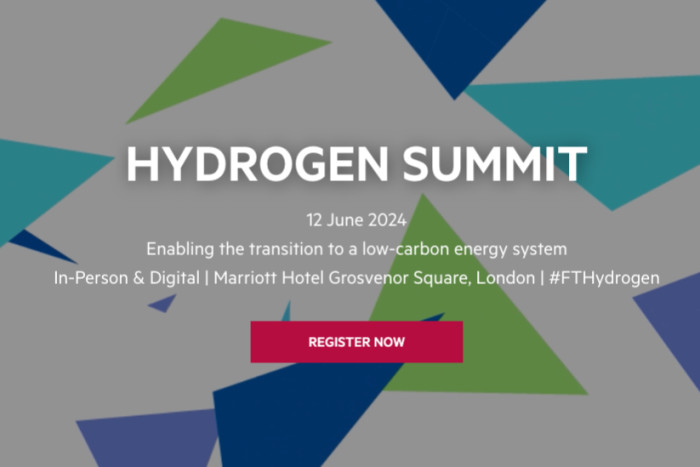
Hydrogen industry calls for more support to accelerate low-carbon projects
Financial Times
Hydrogen has been pitched as a clean superfuel that can decarbonise our heavy industry, power our vehicles and heat our homes — but its producers are finding that new projects are taking far longer to approve than expected.
In 2021, the International Energy Agency (IEA) estimated that the world would need about 150mn tonnes of low-carbon hydrogen per year by 2030 to be on course to cut global emissions to net zero by the middle of the century. Now, three years later, analysts predict that available supply at the start of the next decade will be closer to a 10th of that level.
Projects are not being developed fast enough. More than 1,600 worldwide have the potential to produce a combined 65 million tonnes per annum of low carbon hydrogen by 2030. Of those, however, only 477 are likely to be online at that point, according to a recent study by consultancy BNEF. And they can produce a total of only 16.4Mtpa,
Part of the shortfall is the result of targets colliding with the realities of delivery. But the industry is also facing specific challenges. Rising interest rates have significantly increased the cost of new projects. In Europe and the US, government schemes have been set up to subsidise low-carbon hydrogen but payments are yet to start flowing and — in many cases — customers are yet to materialise.
FT Live Hydrogen Summit
Featuring panel discussions and interviews with senior industry experts and FT specialists. Register to watch live online on June 12 or view later.
“On the supply side, in a lot of markets, projects that have applied for and been allocated subsidies for producing low-carbon hydrogen, in any form, are still waiting to get those funds,” says Adithya Bhashyam, an author of the BNEF study.
Hydrogen is already being used in industrial processes to help refine petroleum, treat metals, and produce fertiliser and other chemicals. Almost all of that hydrogen is extracted from natural gas, though — which means carbon is emitted in the production process.
Hydrogen’s advocates argue that low-carbon versions of the fuel could have many uses, including powering commercial ships that currently run on oil, or heating industrial processes such as cement production, which will be hard to electrify.
Here, ‘low-carbon’ hydrogen is generally understood to mean ‘green’ hydrogen, which is extracted from water using renewable electricity, or ‘blue’ hydrogen, which is extracted from natural gas but with the associated emissions
The full article is available here. This article was published at FT Markets.
Comments are closed for this article!